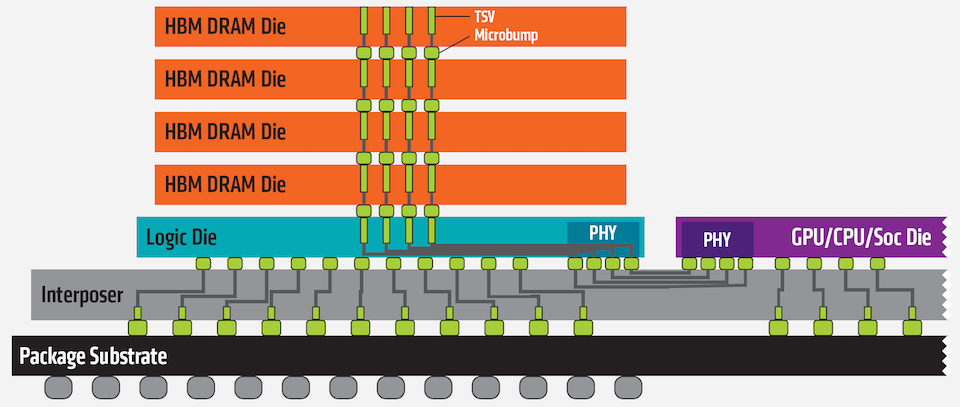

Mind you, this is only the theoretical bandwidth, because the main memory has to do other tasks than exchanging data, e.g. 1900 MHz at DDR4-3800, which together with the factor 2 due to Double Data Rate (DDR) results in the theoretical bandwidth: 1900 MHz * 2 (DDR) * 64 bit * 2 (channels) = 486400 Mbit/s = 60800 MB/s (8 bit = 1 byte). If we now use RAM at these two 64-bit connectors, it runs with a certain clock rate, e.g. Quite simple and logical so far regarding the channels. Since these two channels are used in parallel, the bandwidth and thus the throughput is effectively doubled compared to single channel, from 1x 64-bit to 2x 64-bit, effectively 128-bit. two 64-bit connectors, to exchange data with the main memory.

Today’s desktop CPUs usually have two channels, i.e. Quad-Rank – explained in theory and proven with benchmarksįirst we need to take a quick look at the theory behind memory channels and ranks, but don’t worry, I’ll keep it really short.

Today we want to examine some of these “myths” and correct them if necessary. Many publications, some of them very well known, prefer instead to talk about “sticks” or modules affecting performance, which is not only wrong but also causes confusion and disinformation in the community. However, unlike channels, ranks are still talked about very rarely, if at all. The fact that you should use your RAM at least in dual-channel if possible has fortunately become widely accepted in the industry today.


 0 kommentar(er)
0 kommentar(er)
